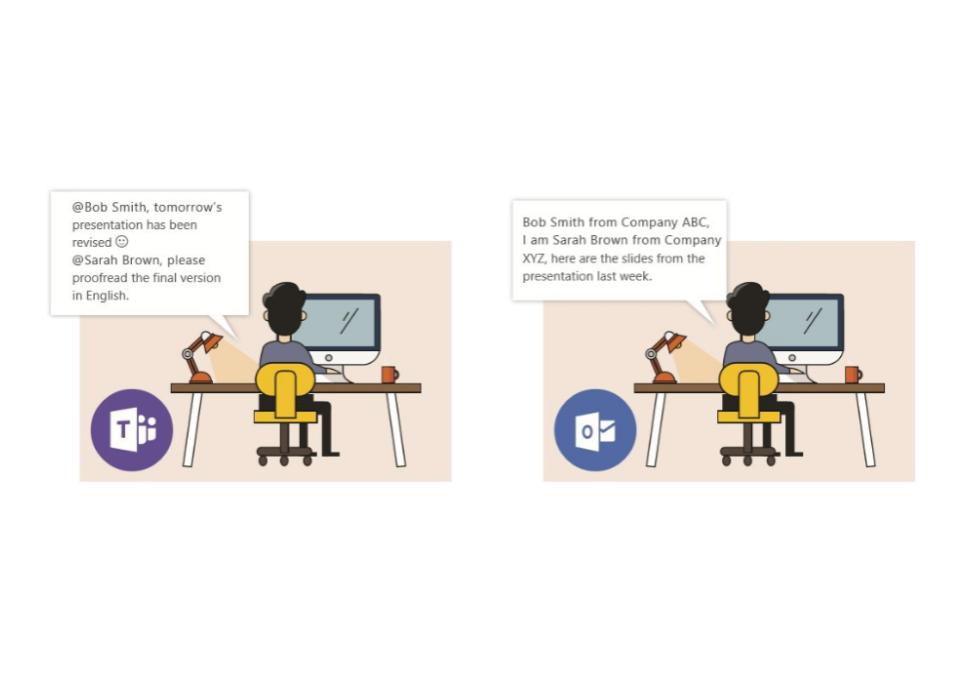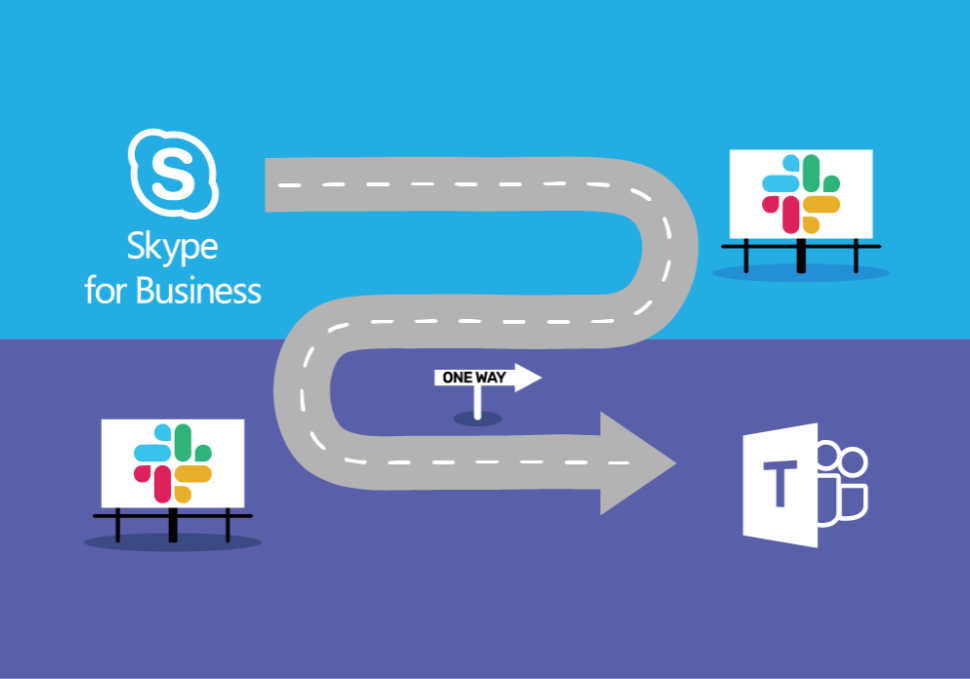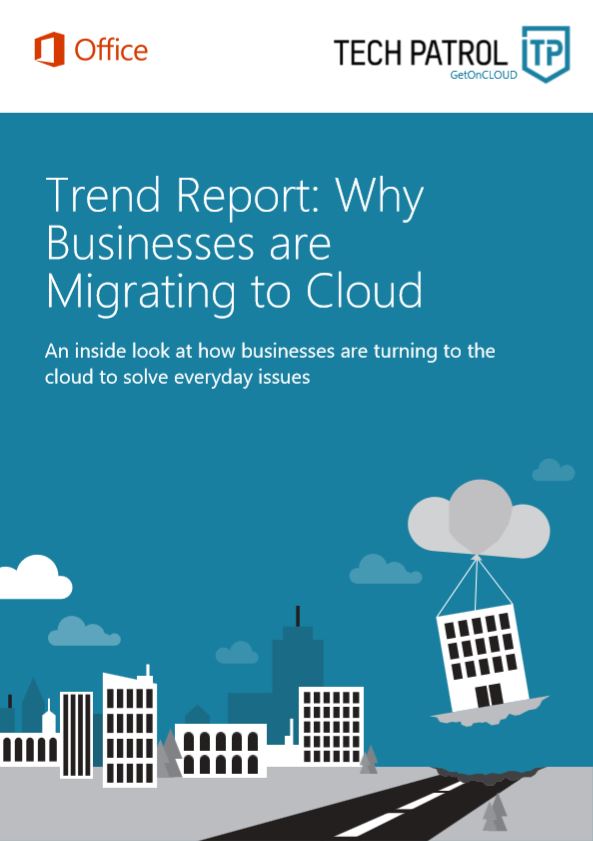Let’s start this article by me saying that I recommend moving into cloud rather than moving out, however, suppose that you as a business leader have changed your mind and you would like to leave cloud computing behind and bring all of your applications and data back into your own local data centre – this is your break down article, proceed with caution.
There are no particular secrets or trends when moving toward insourcing or moving away from cloud computing, but there are valid reasons as to why you as a business leader might want to make the switch back and this is;
- A security concern
- Matter of control
- New in-house technical employees
- Maybe business needs aren’t as they used to be
- Latency is too slow for your applications
- There’s too much downtime
- Merge/Acquisition where a bigger company has it’s own data centre and doesn’t use cloud
There can be more… The issue of how is more important than the question of why and that is what we will try to cover in this article.
When planning a move back to on-premise systems you need to take the following steps, you need to really understand the true relationships between the applications you are using, the infrastructure environment it will be running on, the application interfaces, and the business environment. This analysation can become exponentially worse when applications are based on microservices or distributed across wide-area networks.
Doing the migration
No migration is that same so it’s hard to gage. Depending on the provider that you are using and hardware/servers it can be easier or very hard. When moving back to VMware on-premise environment, you have to use the VMware converting tool which will recreate the VMDK files.
Now, this could take a couple hours, a day, a week it really depends on the size of the VMs and network capacity. Each VM also incur a minimum of several hours downtime as the conversion process from the cloud back to on-prem would have to be performed while the server was powered off if using the converter. This goes for every VM.
As much as Tech Patrol has worked with AWS and continue to support AWS businesses that strategically decide to go in that direction, we have now (since we are a strong Microsoft Partner) decided to further develop and support the Azure platform and with Azure this process is slightly easier because Azure and Hyper-V use the VHD disk format. This means that migrating your actual machine – excluding networking, AD and so on – becomes as easy as using the web browser to download the VHD files and attach them to the new VM that has no disks.
NOTE: whilst this technique may work for a handful of servers, it wouldn’t scale if an administrator was trying to move more than a few servers back into the local data centre.
Migration tools
We work with several tools that you can utilise to migrate cloud VMs back on-premise and one of these tools are from Zerto. Tools like Zerto and other disaster recovery tools will remove the need for extra conversion steps, which means no messing with disk conversions and copying disks manually.
Since these products perform continuous replications it means that the downtime is significantly reduced. The end result is massively decreased ingestion time and failback capabilities after the initial synchronisation back to premises, meaning that the cutover can start. Which means that it leaves the administrator to configure the network, AD and other application dependencies, which can be a trial in its own right depending on the level of tech.
Summary
It’s hard to give a very deep dive without losing interest for the other readers and making this a lecture style article- but I would advise anyone that’s looking to migrate back to a local data centre to first look at the things that I mentioned above, analyse the different types of tools mentioned such as Zerto, whilst they may not be the cheapest option they will exponentially simplify your migration process. Contact us if you need any assistance and with the Zerto, once the migration has been completed, the licenses can be recycled and used for Disaster Recovery (DR) purposes. Just a little pointer ;).
Other articles you may like:
- Veeam VS Datto: Which Is The Better DR Solution For You?
- Understanding Data Backup vs Data Replication
- New Zero-Day Vulnerability Affecting All Versions Of Windows!
- How To Get The Best Out Of Your MSP

















Share your thoughts in the Comments section: